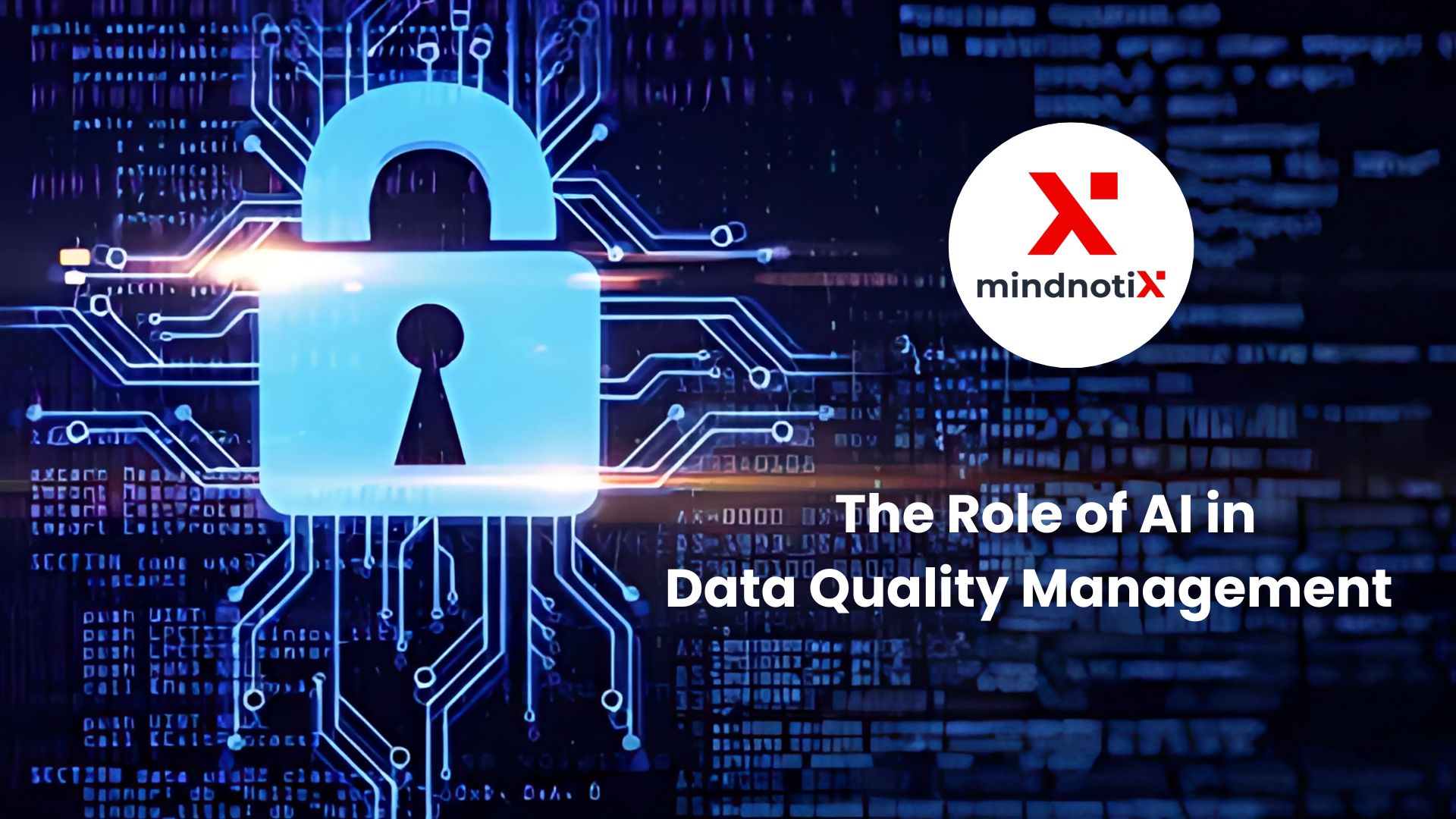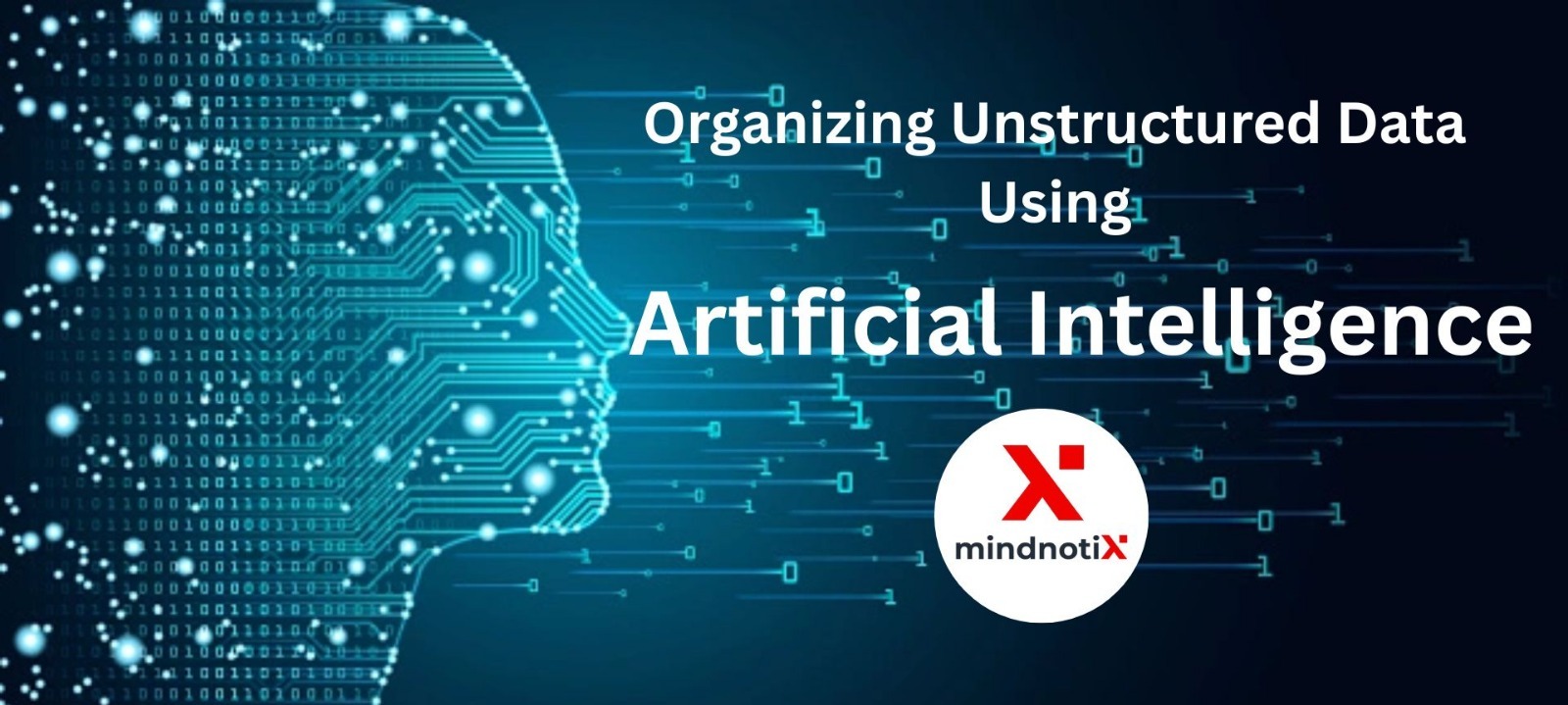The internet has become an essential part of our lives. From work video calls to late-night social media scrolling, we're constantly connected. But this hyper-connected world comes with a hidden danger: an ever-evolving landscape of cybersecurity threats.
In this blog, we'll dive into the ocean of digital dangers and explore ways to navigate them safely.
The Expanding Attack Surface
In the past, our digital lives were like castles with a few well-guarded gates (computer and phone). Today, with the Internet of Things (IoT) and smart devices, our digital lives are more like castles with countless windows and doors - all potential entry points for attackers. This vast expansion of connection points creates a much bigger attack surface for cybercriminals.
Sophisticated Threats, Savvy Criminals
Cybercriminals are no longer just teenagers in basements. Today's attackers are sophisticated organizations with advanced tools and techniques. They employ malware, phishing scams, and social engineering tactics to steal data, disrupt operations, and extort money. Ransomware attacks, where hackers lock down systems and demand payment to unlock them, are a prime example.
The Insider Threat
Not all threats come from outside. Malicious insiders, whether disgruntled employees or criminals with authorized access, can pose a significant risk. They can steal data, sabotage systems, or sell access to cybercriminals.
The exponential rise of ransomware attacks is a testament to the lucrative nature of this criminal activity. As technology advances, ransomware attacks have become more refined, targeting large companies alongside individuals. Ingenionious tactics such as spearheading phishing campaigns allow unauthorized access to critical data. Due to the personalized nature of spearhead phishing, it is highly likely for companies to fall into the trap. A well-known example was the attack on Ubiquiti Networks Inc., an American network technology company. Impersonating an outside entity and high-level employees, the hackers requested wire transfers totalling $46.7 million.³
Furthermore, the consequences of ransomware attacks go beyond financial losses. Patient safety, for example, might be jeopardized in healthcare as medical organizations struggle to access patient records and crucial systems. Similarly, supply chains can be affected, resulting in product delays and severe economic consequences. This highlights the linked nature of our digital environment, where the damage of a single ransomware assault may ricochet across industries, emphasizing the importance of a coordinated response. A multidimensional approach combining technology defences, cybersecurity awareness, and international cooperation is required to combat the threat of ransomware.
Robust Backup and Recovery Strategies: Implementing frequent data backups and separating them from the network can allow for speedy recovery in case of a ransomware attack. The ability to restore critical data from backup systems reduces thieves’ leverage.
Comprehensive Security Measures: Using advanced security solutions, such as anti-malware software and intrusion detection systems, can identify and prevent ransomware from invading networks. Regular software and operating system updates and patches help to reduce vulnerabilities that attackers exploit.
User Training and Awareness: User education about the strategies employed in phishing emails and dangerous attachments can dramatically minimize the likelihood of ransomware infection. Individuals with alertness and safe internet practices can spot and report suspicious conduct.
Strict Enforcement and Legislation: Imposing high fines for ransomware attacks and strengthening cybersecurity rules act as deterrents to cybercriminals. Legal frameworks promoting international collaboration in cybercrime investigations and extradition procedures are critical components of such efforts.
Technological advancements: Researchers and cybersecurity professionals constantly develop new tools and strategies to identify, prevent, and neutralize ransomware assaults. Advanced encryption techniques, behavioural analysis, and machine learning-based solutions are all part of this.
Vigilance, education, and collective action are critical weapons in the ongoing campaign against ransomware. The desire to safeguard crucial data and defend the integrity of our interconnected world must stay strong as the digital landscape advances. We may get closer to a world where ransomware’s grip is loosening and our digital domains are secure by combining technology defences with awareness and collaboration.
Staying Safe in the Digital Storm
So how can we fortify our digital castles and weather the storm of cyber threats? Here are some key strategies:
Patchwork Makes Perfect: Keep your software and operating systems up to date. These updates often include security patches that fix vulnerabilities.
Think Before You Click: Phishing emails and malicious links are common. Be cautious about what you click on and be wary of unsolicited emails, even if they appear to come from legitimate sources.
Password Power: Use strong, unique passwords for all your online accounts. Consider using a password manager to help you create and manage them.
Firewall Fortress: Firewalls act as a barrier between your device and the internet, filtering incoming and outgoing traffic. Make sure you have a firewall enabled on your devices.
Back it Up!: Regularly back up your data to a secure location. In case of a cyberattack, having a backup can help you recover your information.
Security Savvy: Stay informed about the latest cyber threats and best practices. There are many resources available online and from cybersecurity organizations.
Conclusion
The digital world offers endless opportunities, but it's important to be aware of the cybersecurity threats that lurk beneath the surface. By following these tips and staying vigilant, we can navigate the hyper-connected world more safely and securely. Remember, cybersecurity is a shared responsibility. By working together, we can build a more secure digital future for everyone.
Read more :
1.AI POWERED FRAUD DETECTION AND LOSS PREVENTION
2.Demand Forecasting with AI: Avoiding Stockouts and Overstocking
3.Predictive Maintenance for Retail Equipment: Using AI to Prevent Downtime
4.Optimizing Delivery Routes and Logistics with AI
5.Augmented Reality (AR) and Virtual Reality (VR) Shopping Experiences powered by AI
6.AI-driven Visual Search and Recognition for In-Store Shopping
7.Biometric Authentication and Frictionless Checkout with AI
8. AI for Social Justice: Combating Discrimination and Promoting Equality
9. AI for Citizen Science: Empowering the Public to Contribute to Research
10.The Dark Sides of AI Technology: The Risks and Challenges Ahead
11. AI and Universal Basic Income: Will Automation Render Work Obsolete
For more information contact : support@mindnotix.com
Mindnotix Software Development Company


 AI-Taxi App
AI-Taxi App AI-Food App
AI-Food App AI-Property Mgmt App
AI-Property Mgmt App AI-CRM
AI-CRM AI-Fantasy App
AI-Fantasy App
 Web Development
Web Development App Development
App Development Business & Startup
Business & Startup Hire Developer
Hire Developer
 Digital Marketing
Digital Marketing Lead-generation
Lead-generation Creative Agency
Creative Agency Branding Agency
Branding Agency Augmented Reality
Augmented Reality Virtual Reality
Virtual Reality Internet of Things
Internet of Things Artificial Intelligence
Artificial Intelligence Blockchain
Blockchain Chatbot
Chatbot



